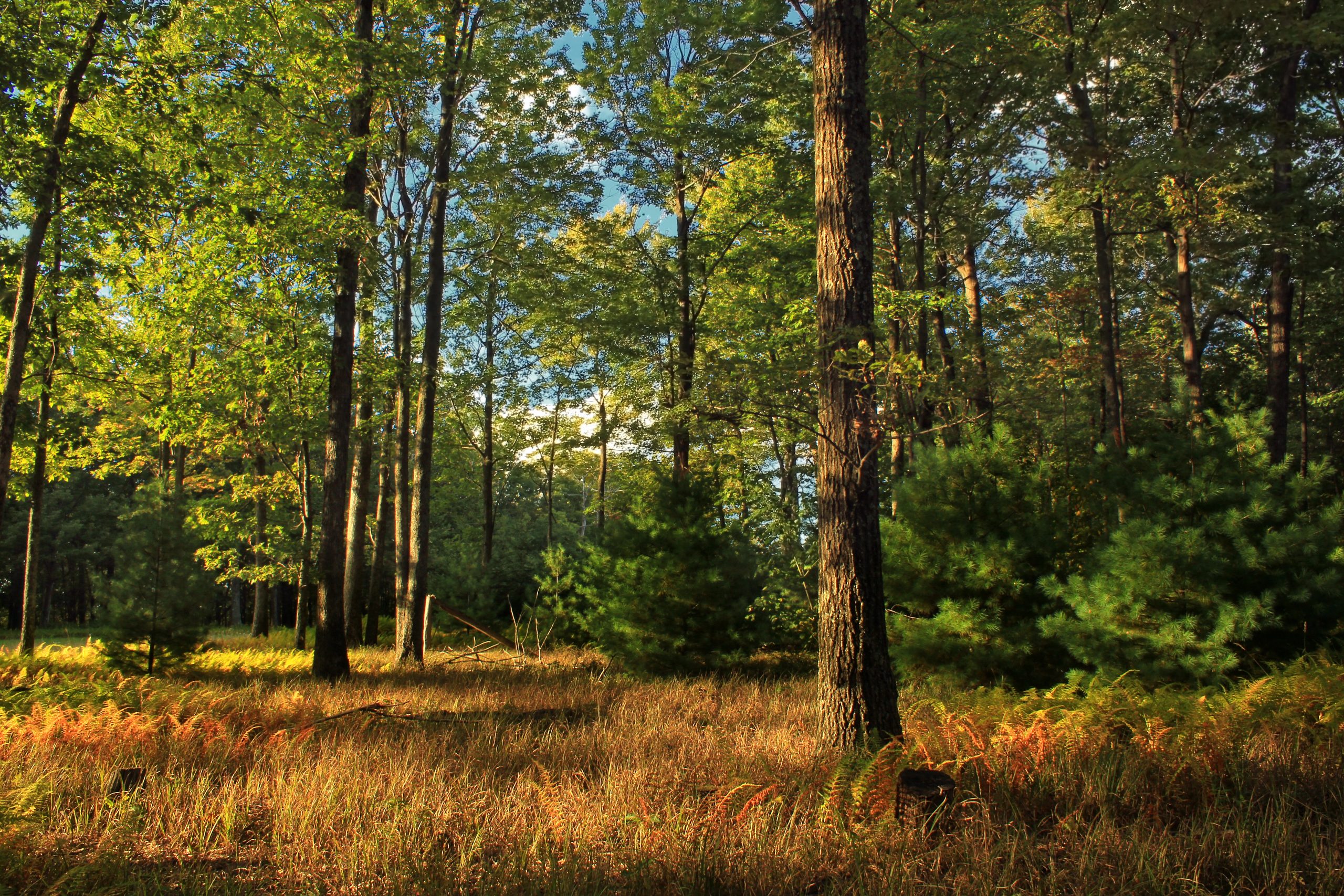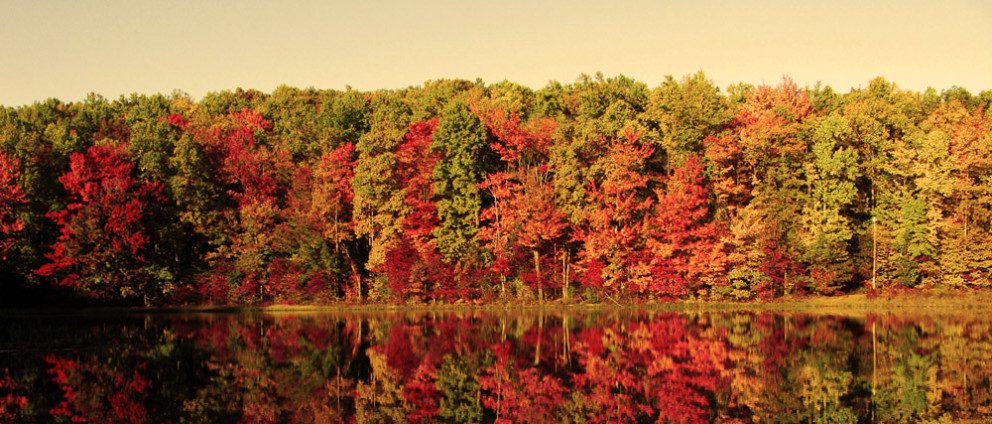At Ohio Timber Works, we’ve seen how healthy trees begin with healthy seed. The truth is simple: low-quality parent trees often produce poor-quality seedlings. These offspring can grow slowly, struggle to survive, and produce timber that lacks strength and form.
How Tree Genetics Affect Seed Quality
Tree seed quality depends on three things: genetics, physical condition, and physiological health. Poor parent trees usually fail in one or more of these areas. As a result, they pass on weak traits to the next generation.
Other studies also show that the health and genetics of the mother tree play a major role in how well the seed grows. Essentially when the parent is weak, its offspring are likely to be weak too. This includes resistance to drought, pests, and disease. Bad mother trees tend to produce poor-quality seeds.Moreover, this leads to weak seedlings, slow growth, lower survival, and declining long-term performance.
Research clearly shows that bad mother trees tend to produce poor-quality seeds, leading to weak seedlings, slow growth, lower survival, and declining long-term performance.
Impacts of Poor-Quality Seed on Nurseries & Plantings

A standard industry practice to “cull” poor seedlings early is crucial because continuing to grow substandard plants only perpetuates poor performance in the field.
Why This Matters for Your Siviculture Projects
When you source planting stock from Ohio Timber Works, you get:
- Genetically robust seedlings adapted to your region.
- Higher survival rates and faster growth.
- Greater resistance to drought, disease, and poor soils.
- Longer lifespan and stronger return on investment.
Evidence from Forestry Science
A peer-reviewed study by Aravanopoulos et al. (2018) found that different forest management methods—such as selection cutting and shelterwood systems—can subtly alter genetic diversity and structure over time. These findings reinforce why planning harvests with regeneration in mind adds long-term value and resilience to a hardwood stand.
Advances in tree genetics and breeding confirm what experienced growers already know: selecting high‑performing parents leads to superior offspring.
For example, traditional breeders studying Christmas firs use “backward selection”: evaluating mature trees and their progeny to identify traits like needle retention, and then propagating those genetics. As a result, the health of the tree stock improves. Ultimately, this directly proves directly that parent quality drives offspring quality.
Why Does This Happen?
- Genetic inheritance: Seed inherits half its genes from mother and half from pollen source. However, both parents must be of high quality for superior offspring.
- Pollen contamination: Seeds from isolated or few mother trees may cross with lesser pollen donors, reducing overall quality and diversity.
- Provenance mismatch: Trees adapted to one ecological zone can underperform when seed is moved to mismatched climates. As a result, this results in poor survival and vigor.
How Ohio Timber Works Upholds Seed Quality
As experts in tree genetics and restoration, we implement the following protocols:
- Selection of mother trees: We collect seeds only from well‑evaluated parent trees that exhibit strong form, health, and local adaptation.
- Collect from many trees: We gather seed from at least 30 mother trees per species to maintain genetic diversity and reduce inbreeding risks.
- Seed provenance tracking: Every lot includes detailed provenance information—location, collection date, maternal tree ID—consistent with good seed‑zone guidelines.
- Laboratory germination testing: All seed lots are sent to ISTA‑accredited labs to confirm viability and germination rate—ensuring only high‑quality seed is propagated.
- Nursery quality control: We eliminate seedlings that show poor vigor or deformities and never ship them to customers—only top‑quality stock is chosen for these projects.

Conclusion
Bad trees truly can make bad seeds—but it doesn’t have to be that way. Through rigorous mother-tree selection, provenance integrity, accredited testing, and strict nursery practices, Ohio Timber Works ensures that the quality of your trees starts at the seed.
Our company role doesn’t end with responsible timber harvesting—we also help landowners support natural regeneration and restore forest health after a harvest. While we don’t grow trees in a nursery or breed genetics directly, we do offer reforestation services that include guidance on regeneration strategies and post-harvest stand improvement. Our goal is to help your woods recover stronger, with higher long-term value and ecological resilience.
If you’re planning a restoration, project, or reforestation work on your timber parcel, contact Ohio Timber Works today to learn more about our seed sourcing and propagation standards.

